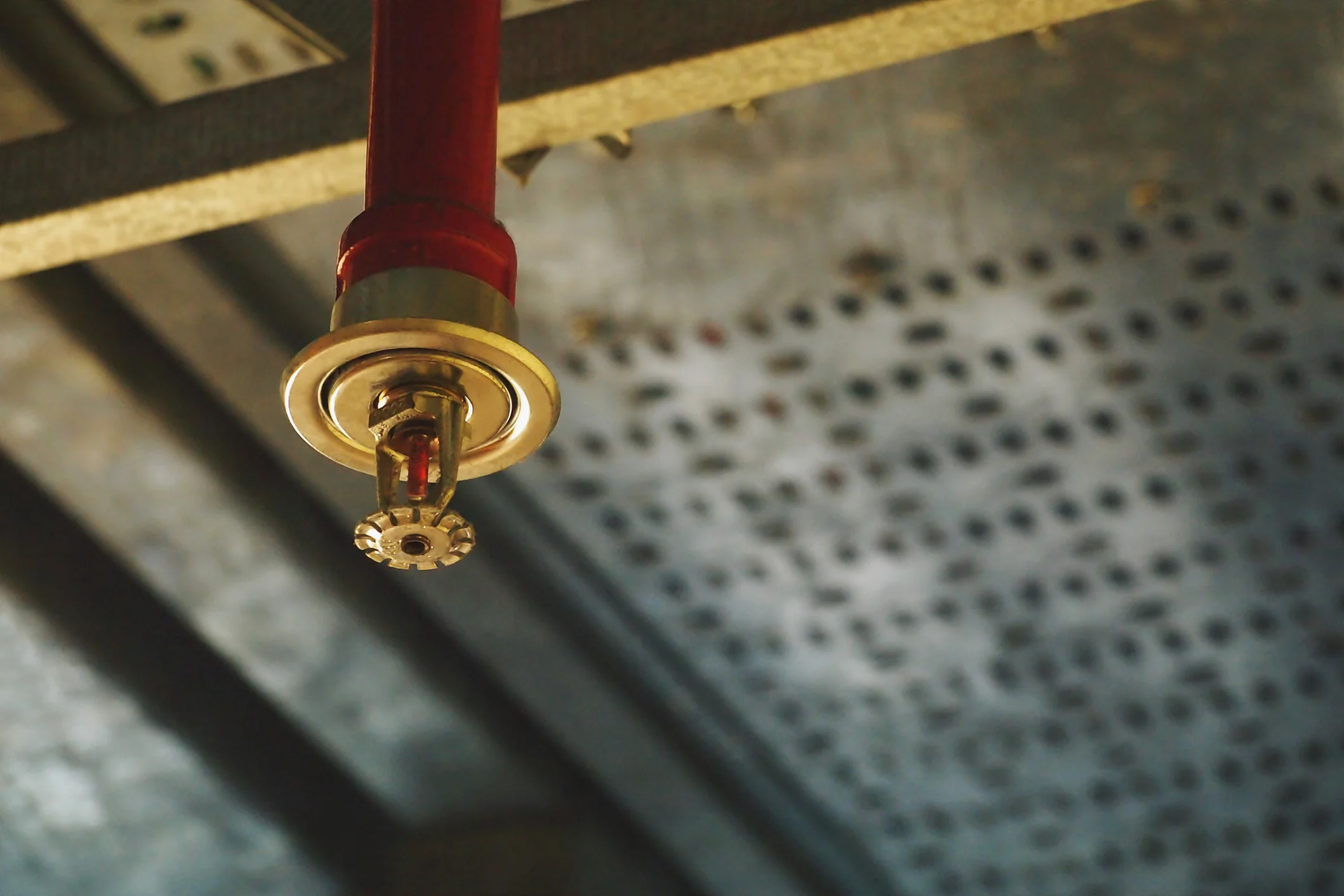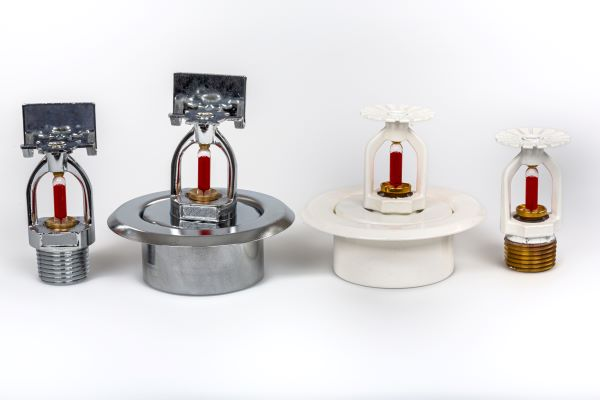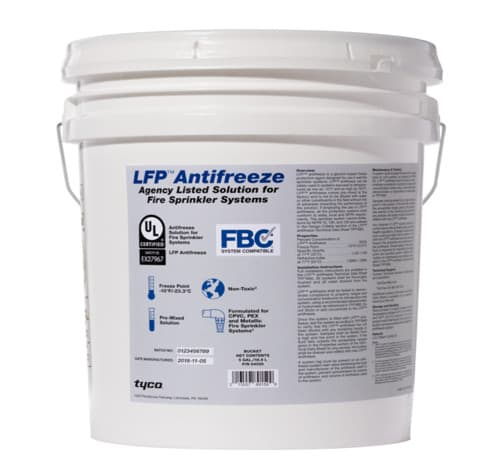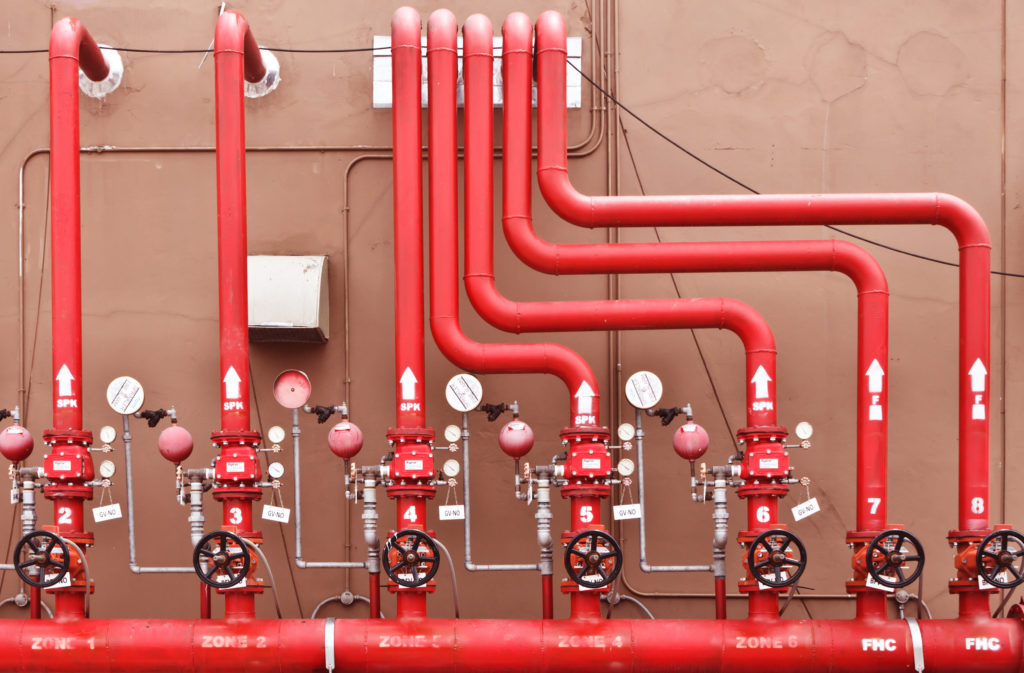
Sprinkler System Basics: Types of Sprinkler Systems

When it comes to safeguarding lives and property, fire sprinkler systems are indispensable. However, not all sprinkler systems are created equal, and choosing the right one can significantly enhance fire safety measures. Among the various types, wet pipe sprinkler systems are the most common due to their simplicity and reliability. Typically found in both residential and commercial buildings, these systems maintain water in the pipes at all times, allowing for immediate action when a fire is detected. This approach contrasts with other types residential fire sprinkler systems, which may have different response times or installation requirements.
Understanding these systems is critical, and the National Fire Sprinkler Network provides valuable insights and standards to ensure that installations are both effective and compliant with safety regulations. Whether you are a building owner, a safety officer, national fire protection association or simply someone interested in fire safety, knowing the basics of sprinkler systems, particularly the wet pipe system, is essential for making informed decisions about fire protection in any environment.
A fire sprinkler system is a simple, but key, active component of a domestic or commercial building's fire protection system
A fire sprinkler system plays a crucial role in fire safety, acting as a primary defense mechanism in buildings. At the heart of this setup is the water distribution piping system, which is a fundamental component of Wet Pipe Systems. This piping system ensures that water is readily available in the event of a fire.
4 Types of Fire Sprinklers

Dry Pipe Systems Overview Dry pipe systems are ideal for environments prone to freezing, as they contain pressurized air or a nitrogen gas instead of water. This design prevents pipe damage in cold temperatures and water is only released when the system activates, offering cost savings on maintenance and repair.
Use in Commercial Spaces Often used in commercial buildings, these dry pipe sprinklers systems provide a reliable fire protection solution without the risk of water damage from pipe breaks. These systems delay water delivery until the air pressure drops, triggering the dry pipe valve to release water to the open sprinkler heads.
Benefits of Dry Pipe Systems This system type is particularly valuable in unheated warehouses or attics where freezing pipes could compromise a water-based system. The use of dry pipe systems ensures continuous fire protection year-round with minimal risk of system failure due to freezing conditions.
Fire sprinkler types
Automatic Sprinklers Automatic sprinklers operate independently; they detect heat using a a predetermined heat level threshold, activating only the sprinkler heads in the vicinity of the fire. This targeted approach minimizes water usage and damage, making it a preferred option in both residential and commercial settings.
Open Sprinkler Heads Open sprinkler heads are part of automatic fire sprinkler systems, like deluge units, designed for high fire risk areas where immediate and extensive water coverage is necessary. These heads do not operate individually but simultaneously release water when the system activates, providing rapid fire suppression.
Versatility of Sprinkler Types The diversity in sprinkler types, from automatic to open, allows for tailored fire protection solutions across various environments. Choosing the correct type depends on the specific needs of the building, including fire load, occupancy type, and architectural design.
Fire sprinkler heads
Characteristics of Sprinkler Heads Sprinkler heads come in several designs tailored to specific environments and fire suppression needs. Each type, whether pendant, upright, or sidewall, is designed to provide optimal coverage and fire suppression performance, integrated seamlessly within various spaces.
Impact on Aesthetics and Function Modern sprinkler heads are designed to be less conspicuous, blending into the ceiling while providing effective fire protection. Aesthetically pleasing options are available that do not compromise the interior design of homes, office buildings or businesses.
Efficiency and Safety The effectiveness of a fire sprinkler system heavily relies on the appropriate selection and installation of sprinkler heads. These components must meet stringent standards to ensure they operate correctly during a fire, providing safety and significant cost savings in potential fire damage mitigation.

LFP Antifreeze
Role in Fire Protection LFP (Listed Fire Protection) antifreeze is used in certain sprinkler systems to prevent water from freezing in the pipes, ensuring that the fire detection system remains functional in cold temperatures. This solution is critical where water supply lines are susceptible to freezing, maintaining necessary water flow for fire protection.
Safety and Efficiency By incorporating LFP antifreeze into a sprinkler system, the integrity of the water supply is preserved without compromising fire safety standards. This method prevents the ice-induced blockage that can inhibit the system's ability to discharge water effectively during a fire.
Compliance and Use Using LFP antifreeze helps fire sprinkler systems meet safety regulations while ensuring that the system functions optimally in freezing conditions. It's an essential solution for maintaining continuous fire protection and preventing system failures due to frozen pipes.

Pre-action Sprinkler Systems
Dual-Trigger Mechanism Pre-action sprinkler systems require two triggers to start water flow, making them ideal for areas where accidental activation could cause significant damage. The first trigger detects smoke or heat, and the second releases water when a sprinkler head activates, preventing water damage from false smoke alarms too.
Application in Sensitive Environments These systems are typically installed in data centers, libraries, and museums where preserving valuable items is critical. By controlling when water discharges, pre-action systems minimize potential harm to sensitive equipment and protect the artifacts.
Benefits of Controlled Discharge The dual-action setup of pre-action systems provides an added layer of security against unintended activation, ensuring water is only used when absolutely necessary. This controlled approach to water discharge maintains a high level of property protection while ensuring effective fire suppression.
Deluge Fire Sprinklers
Immediate Response to Fire Deluge fire sprinklers are designed for use in high-hazard areas and residential structures where rapid fire spread is a concern. These systems do not have individual heat sensors on sprinkler heads; instead, they release water simultaneously from all heads when a fire is detected, covering a large area quickly.
Use in Industrial Settings Commonly installed in chemical plants or aircraft hangars, deluge systems are effective where large quantities of flammable liquids are present. The immediate and widespread water discharge helps to quickly control fires and prevent them from spreading.
System Characteristics Unlike other systems, the deluge system, sprinklers are always open, and the water flow is controlled by a deluge valve that opens in response to a fire alarm signal. This setup ensures a swift response, maximizing water supply usage to suppress fires rapidly and effectively.
Dry Pipe Sprinkler Systems
Functionality in Cold Climates Dry pipe sprinkler systems are designed for use in environments where temperatures may cause water in the pipes to freeze. This system holds air under pressure and only releases water when a fire is detected, ensuring that water pressure is maintained and water discharges effectively during emergencies.
Benefits for Unheated Spaces Ideal for garages, warehouses, and attics, dry pipe systems provide reliable fire protection without the risk of pipe bursts due to freezing. The dry pipe system that's design delays water discharge until the air pressure drops, triggering the valves to release water swiftly to the open sprinkler heads.
Considerations and Costs While dry pipe systems offer significant benefits in certain conditions, they can be more costly to install and maintain due to the complexity of the air pressurized system and the additional components required to manage water pressure and prevent freezing.
Fire sprinkler system costs
Initial Investment The cost of installing a fire sprinkler system varies widely depending on the type of system (e.g., wet, dry, pre-action) and the property's specifics. Residential sprinklers typically require a smaller upfront investment compared to commercial systems due to less extensive coverage needs and lower water pressure requirements.
Long-term Savings Although the initial setup cost may be significant, residential sprinklers often lead to long-term savings by reducing insurance premiums and minimizing potential fire damage. Effective sprinkler systems can dramatically decrease the costs associated with fire recovery and property restoration.
Cost Factors Variables impacting the cost include the size of the area covered by wet system, the complexity of the installation, and local building codes. The type of system chosen also affects overall expenses, with more complex systems like dry pipe or pre-action systems generally costing more due to their specialized components and higher water pressure needs.
Water mist
Advanced Fire Suppression Technology Water mist systems use fine water sprays to suppress fires, which absorb heat and displace oxygen from the fire zone more effectively than traditional sprinkler systems. This technology uses significantly less water but maintains high water pressure to ensure effective coverage and rapid heat absorption.
Benefits in Sensitive Areas This type of system is especially beneficial in environments where water damage from traditional systems could be detrimental, such as in museums, data centers, and hospitals. The fine mist causes minimal damage to sensitive equipment and artifacts while effectively suppressing fires.
Efficiency and Environmental Impact Water mist systems are not only highly efficient in extinguishing fires but also environmentally friendly. They reduce water usage and the associated runoff, which is particularly important in areas where water conservation is critical. The lower water volume required also means that water pressure can be more easily managed and maintained during system operation.







